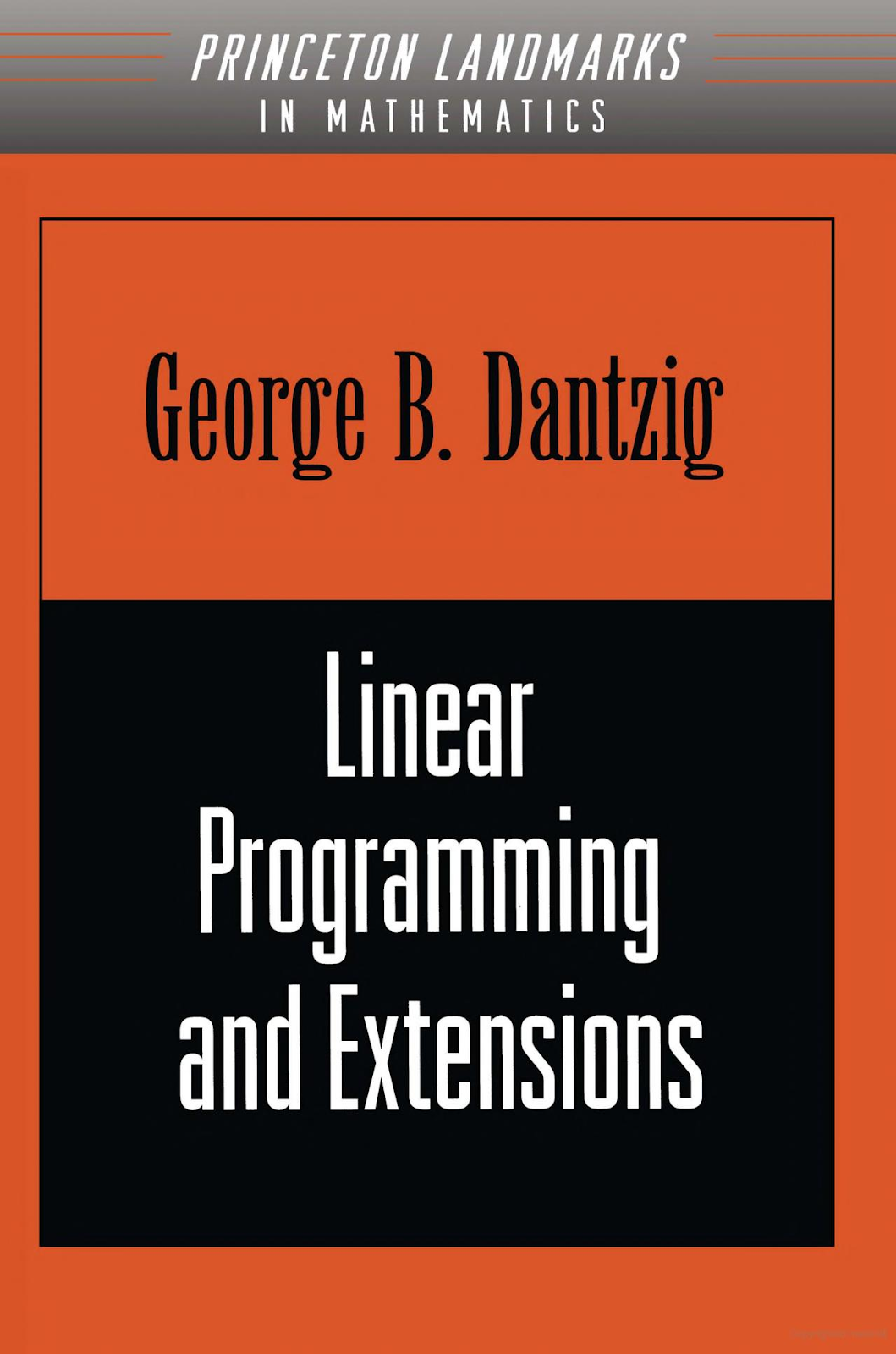I am teaching some GAMS classes this summer. The first class is about the transportation model. This is model number 1 from the GAMS model library [1]. It is a tiny model, slightly modified from the original model in [2]. I believe the GAMS version has been made dual degenerate.
The model is really very small (2 supply nodes, 3 demand nodes). To show that GAMS and the Cplex LP solver are designed and built for large models, I often do the following exercise. Create a set \(k\) with 10, or 100, or 1000 elements. Then replace all \(\color{darkred}x_{i,j}\) by \(\color{darkred}x_{i,j,k}\). And similar for the demand supply constraint blocks. The objective becomes \[\color{darkred}z=\sum_{i,j,k}\color{darkblue}c_{i,j}\cdot\color{darkred}x_{i,j,k}\] We have now duplicated the original small LP to a large block-diagonal structure:
(to be precise: it is block-diagonal after reordering).
| Transportation Model | Augmented Model |
|---|---|
| \[\begin{align}\min&\sum_{i,j}\color{darkblue}c_{i,j}\cdot\color{darkred}x_{i,j}\\ & \sum_j \color{darkred}x_{i,j} \le \color{darkblue}a_i && \forall i \\& \sum_i \color{darkred}x_{i,j} \ge \color{darkblue}b_j && \forall j \\ & \color{darkred}x_{i,j} \ge 0 \end{align}\] | \[\begin{align}\min&\sum_{i,j,k}\color{darkblue}c_{i,j}\cdot\color{darkred}x_{i,j,k}\\ & \sum_j \color{darkred}x_{i,j,k} \le \color{darkblue}a_i && \forall i,k \\& \sum_i \color{darkred}x_{i,j,k} \ge \color{darkblue}b_j && \forall j,k \\ & \color{darkred}x_{i,j,k} \ge 0 \end{align} \] |
---- 75 PARAMETER report 1 10 100 1000 10000 100000 variables 7.000 61.000 601.000 6001.000 60001.000 600001.000 equations 6.000 51.000 501.000 5001.000 50001.000 500001.000 nonzeros 19.000 181.000 1801.000 18001.000 180001.000 1800001.000 obj 153.675 1536.750 15367.500 153675.000 1536750.000 1.536750E+7 iterations 4.000 4.000 4.000 4.000 3.000 3.000 time 0.032 0.016 0.032 0.093 1.094
The table shows how the model grows when we increase the size of the set \(k\). The presolve seems to keep most of the model:
Tried aggregator 1 time. LP Presolve eliminated 0 rows and 1 columns. Reduced LP has 500000 rows, 600000 columns, and 1200000 nonzeros. Presolve time = 0.38 sec. (505.30 ticks) Symmetry aggregator did 1099989 additional substitutions. Iteration log . . . Iteration: 1 Dual objective = 7312499.999993 Dual crossover. Dual: Fixed no variables. Primal: Fixed no variables. --- LP status (1): optimal. --- Cplex Time: 0.69sec (det. 1174.36 ticks)
although I don't know exactly what a symmetry aggregator does. Note: all runs were with default settings using 1 thread.
I don't have a good explanation for the iteration counts. I expected them to grow somewhat. Staying flat would be excellent. But decreasing is a bit of a surprise. Certainly, some other solvers I tried did not achieve this.
One complication is that Cplex decides on what LP solver to use. It looks like for \(k=1\) Cplex uses dual simplex, and for the others, it uses the barrier algorithm (a.k.a. interior-point algorithm). A little bit of guesswork is involved here, as the log is not very clear on this. The line Dual crossover may indicate a barrier method was used. Note that the Simplex Method typically needs many, cheap iterations, and the barrier uses few but more expensive iterations. I suspect or guess that for the very large problems Cplex may stop a bit earlier because the objective becomes so large: some relative stopping criterion may be easier to hit. Simplex methods use an absolute optimality tolerance (independent of the data), while barrier methods use a relative convergence tolerance (depends on the data).
For comparison, a different high-end solver showed:
---- 79 PARAMETER report 1 10 100 1000 10000 variables 7.000 61.000 601.000 6001.000 60001.000 equations 6.000 51.000 501.000 5001.000 50001.000 nonzeros 19.000 181.000 1801.000 18001.000 180001.000 obj 153.675 1536.750 15367.500 153675.000 1536750.000 iterations 4.000 40.000 107.000 1007.000 10007.000 time 0.012 0.009 0.012 0.030 0.273 + 100000 variables 600001.000 equations 500001.000 nonzeros 1800001.000 obj 1.536750E+7 iterations 100007.000 time 2.930
I assume this was using Dual Simplex for all LPs (using 1 thread). Note: Don't compare the timings between the solvers: this was run on a different machine.
I know this is a somewhat silly experiment. But I like it: adding an index this way is something that happens on more occasions. And we demonstrate we can do large models quickly (well, transportation LPs are about the easiest LPs in existence). And as it turns out: the performance figures we see can be a bit of a mystery.
Conclusion
Model number 1 of the GAMS model library is more interesting than you might guess.
References
- trnsport.gms: A Transportation Problem, https://www.gams.com/latest/gamslib_ml/libhtml/gamslib_trnsport.html
- George B. Dantzig, Linear Programming and Extensions, Princeton University Press, 1963.
Appendix: GAMS model
|
$ontext |


No comments:
Post a Comment